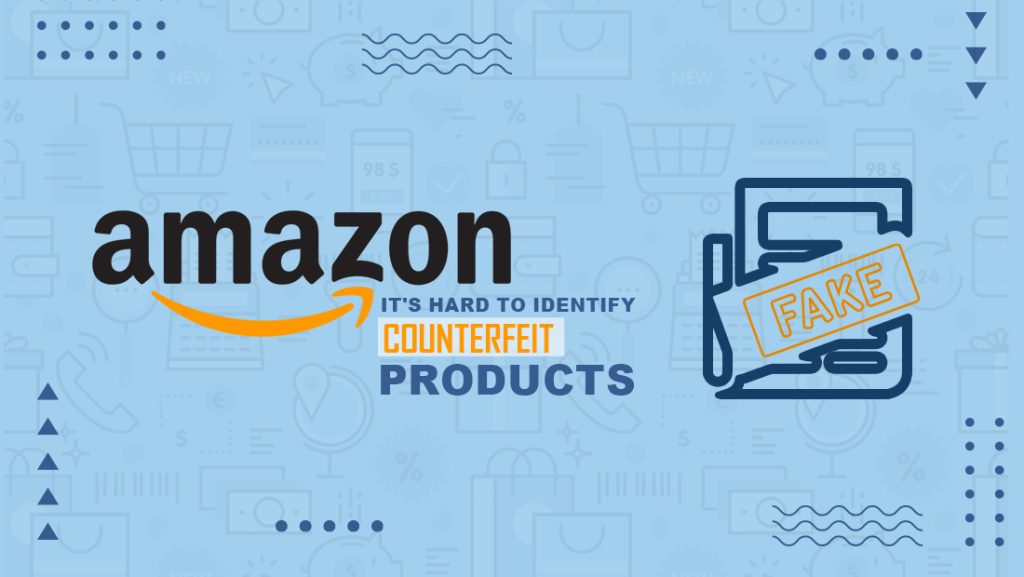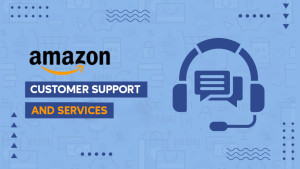Table Of Content
Introduction
Globalization and E-commerce:
High Demand for Popular Brands:
Packaging and Branding:
Build Quality:
Holograms and Security Features:
Price Discrepancies:
Purchase from Authorized Sellers:
Check Product Reviews:
Conclusion
Introduction
Spotting counterfeit products can be challenging, but our guide, ‘Unmasking Counterfeits,’ is here to help you navigate the complexities and provide essential tips for identifying fake items. Stay informed and make confident purchases in a market rife with deceptive practices. Counterfeit products have become increasingly prevalent in today’s global marketplace, posing a significant challenge for consumers. From luxury goods to everyday items, counterfeiters are adept at mimicking the appearance of authentic products, making it difficult for consumers to distinguish between the real and the fake. In this blog, we will explore the reasons behind the rise of counterfeit products and provide you with practical tips on how to identify them.
Globalization and E-commerce:
The growth of e-commerce has connected buyers and sellers across borders, providing ample opportunities for counterfeiters to exploit unsuspecting consumers. The vastness of online marketplaces makes it easier for counterfeit products to slip through the cracks.
High Demand for Popular Brands:
Counterfeiters often target well-known and high-demand brands, capitalizing on the popularity of these products to maximize their profits. Luxury items, electronics, and fashion accessories are particularly vulnerable to counterfeiting.
Packaging and Branding:
Authentic products are meticulously packaged with attention to detail. Check for inconsistencies in logos, fonts, and colors on the packaging. Spelling errors and poor-quality printing are common signs of counterfeit products.
Build Quality:
Examine the build quality of the product. Authentic items are typically made with precision and high-quality materials. Flimsy construction, loose parts, or shoddy workmanship can indicate a counterfeit.
Holograms and Security Features:
Many brands incorporate holographic labels, QR codes, or other security features to verify authenticity. Familiarize yourself with these features and always check for their presence on the product.
Price Discrepancies:
If a deal seems too good to be true, it probably is. Counterfeiters often lure buyers with significantly lower prices. Research the market value of the product to have a realistic expectation of its cost.
Purchase from Authorized Sellers:
Whenever possible, buy products from authorized dealers or directly from the brand’s official website. This reduces the risk of purchasing counterfeit goods.
Check Product Reviews:
Online reviews and customer feedback can be valuable resources. If a product has a disproportionately high number of negative reviews or if the reviews seem suspicious, it might be an indication of counterfeiting.
Conclusion
As the market for counterfeit products continues to expand, consumers must be vigilant in protecting themselves from deceptive practices. By staying informed, paying attention to details, and making informed purchasing decisions, you can reduce the likelihood of falling victim to counterfeit scams. Remember, the key to combating counterfeits lies in knowledge and discernment.





